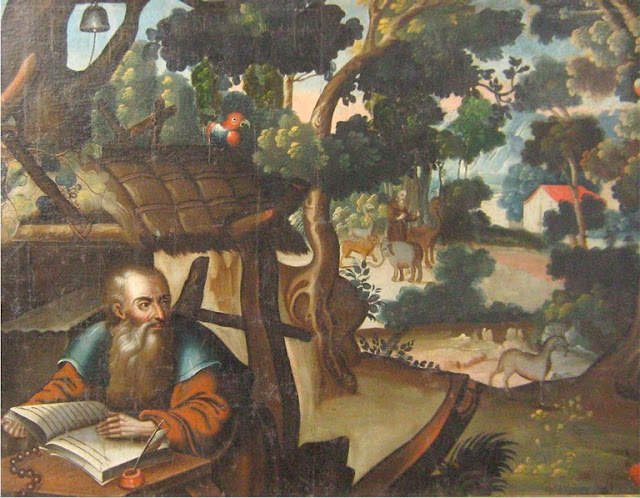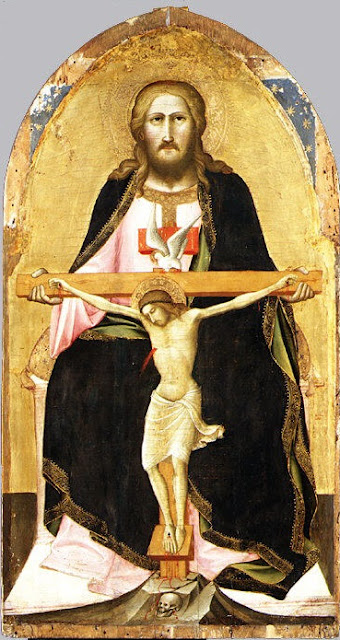Flemish painting flourished from the early 15th century until the 17th century. Flanders delivered the leading painters in Northern Europe and attracted many promising young painters from neighbouring countries. These painters were invited to work at foreign courts and had a Europe-wide influence. Since the end of the Napoleonic era, Flemish painters had again been contributing to a reputation that had been set by the Old Masters. More Flemish School
Theonas was a scholar who built a church in Alexandria, Egypt dedicated to the name of the Virgin St. Mary, the Theotokos.
Until his time, the faithful were praying and performing their services in homes and in caves for fear of the unbelievers. Pope Theonas dealt with them wisely and gently to achieve what he wanted to do. He converted many of them to believe in the Lord Christ and baptized them.
He baptized, in the first year of his papacy, St. Peter, who succeeded him on the apostolic throne of St. Mark and was the 17th Pope. It was said that he ordained Peter as a reader at the age of five, then he promoted him to be a deacon at the age of twelve, then as a priest at sixteen.
He was a dedicated patron of the famed Catechetical School of Alexandria that served the academic needs of that era.
Agnolo Gaddi, (born c. 1350, Florence [Italy]—died Oct. 16, 1396, Florence), son and pupil of Taddeo Gaddi, who was himself the major pupil of the Florentine master Giotto. Agnolo was an influential and prolific artist who was the last major Florentine painter stylistically descended from Giotto.
In 1369 he was employed in Rome as an assistant to his brother Giovanni, a minor painter, in the execution of frescoes for Pope Urban V in the Vatican. In the 1380s he executed his most ambitious works, a series of frescoes in the choir of Santa Croce in Florence illustrating the “Legend of the True Cross”. In these frescoes Agnolo sacrificed expression for design, and his overall concern with optical unification of the composition replaces Giotto’s concentration on figures, thereby revealing the new approach toward painting of the International Gothic style. Between 1383 and 1386 Agnolo designed medallions representing the virtues for the Loggia dei Lanzi in Florence, and between 1387 and 1395 his name appears as the designer or gilder of statues for the facade of the Cathedral of Florence. In 1394–96 he painted a cycle of scenes from the life of the Virgin in the Cathedral of Prato. His death in 1396 left unfinished an altar of the Crucifixion in San Miniato al Monte outside Florence. More on Agnolo Gaddi
At the time of this patriarch, a man by the name of Sabellius appeared in Alexandria who was teaching that the Father, the Son, and the Holy Spirit are one person. Theonas excommunicated him and he invalidated his heresy by convincing proof.
Please visit my other blogs: Art
Collector, Mythology, Marine
Art, Portrait of a Lady, The
Orientalist, Art of the Nude and The
Canals of Venice, Middle
East Artists, and 365 Saints, also visit my Boards on Pinterest
Images are copyright of their respective owners, assignees or others.
Some Images may be subject to copyright
I don't own any of these images - credit is always given when due unless
it is unknown to me. if I post your images without your permission, please tell
me.
I do not sell art, art prints, framed posters or reproductions. Ads are
shown only to compensate the hosting expenses.
If you enjoyed this post, please share with friends and family.
Thank you for visiting my blog and also for liking its posts and pages.
Please note that the content of this post primarily consists of articles
available from Wikipedia or other free sources online.








No comments:
Post a Comment
Note: Only a member of this blog may post a comment.